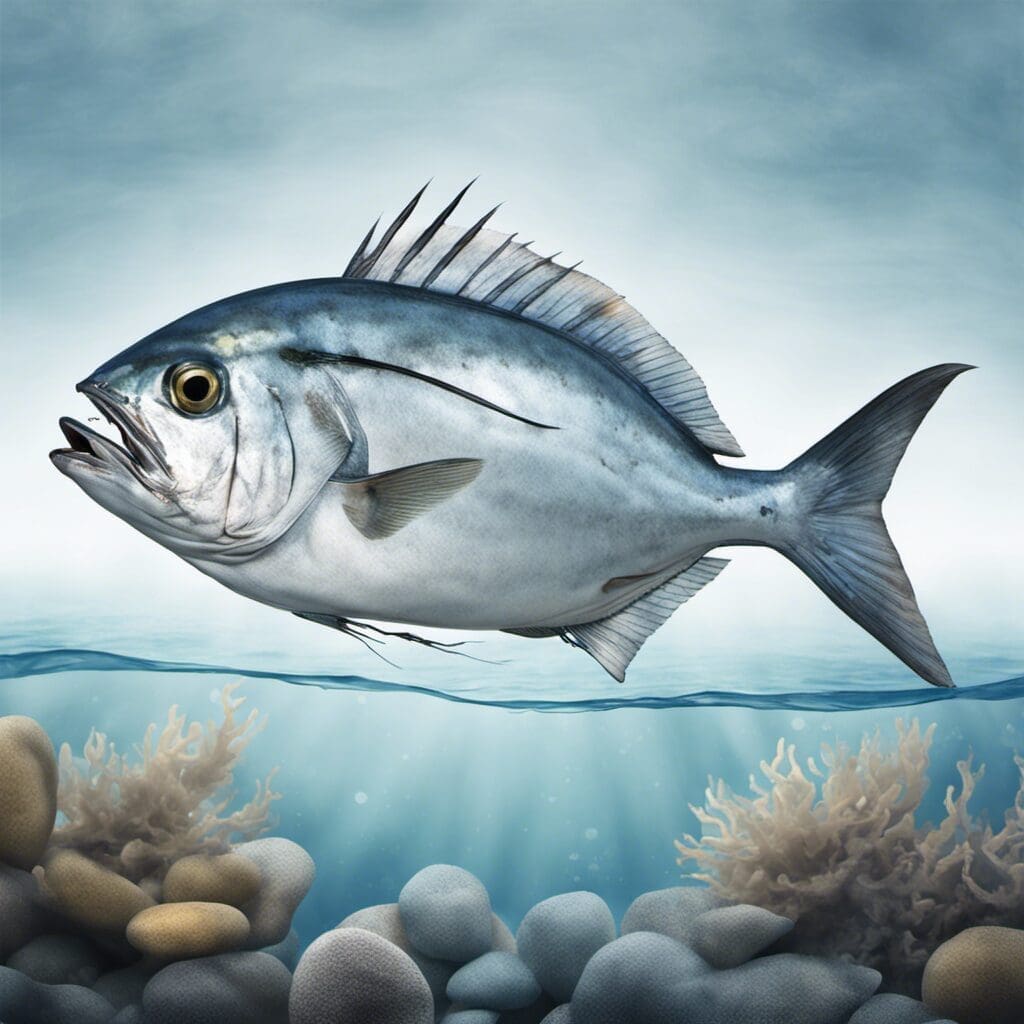Introduction
The Trevally is a prominent game fish species belonging to the Carangidae family. One of its most famous species in the group is the Bluefin Trevally.The species is also referred to as the Bluefin Jack, Bluefin Kingfish, Bluefinned Crevalle, and the Omilu.
Conservation Status
The Bluefin Trevally is currently classified as “Least Concern” by the International Union for Conservation of Nature (IUCN). Despite being targeted by commercial and sport fisheries, its widespread distribution and large population mean it isn’t currently at significant risk. Some local conservation efforts do exist, focusing on encouraging sustainable fishing practices.
Statistics
| Feature | Average | Range |
|---|---|---|
| Length | 1m | 0.5-1.2m |
| Weight | 15-20kg | 8-40kg |
| Lifespan | 8 years | 5-10 years |
| Diet | Carnivorous | – |
Distribution
The Bluefin Trevally is widespread across the tropical waters of the Indian and Pacific Oceans, with significant populations in countries such as Hawaii, Japan, and Australia. There is no significant long-distance migration, although daily local movements in response to tides and feeding habits are common.
Habitats
The species prefers inshore waters such as bays and lagoons, but can go offshore, especially when spawning. It’s found at a variety of depths, from 1 to 183 meters, and in water temperatures between 21 and 30 C.
When and Where to See
Although the fish can be caught throughout the year, their numbers significantly increase during the warmer summer months. In terms of daytime pattern, they are more active during the early morning and late afternoon.
Best Fishing Locations
- Hawaii, USA
- Queensland, Australia
- Red Sea, Saudi Arabia
- Andaman and Nicobar Islands, India
- Maldives
- Philippines
- Seychelles
- Great Barrier Reef, Australia
- Okinawa, Japan
- Fiji
Finding this species requires locating areas with rocky bottoms or coral reefs where they like to hide and hunt.
How to Catch
Bluefin Trevally can be caught using a variety of live or dead bait, including fish, shrimp, and squid. They are also susceptible to various lures and flies. Techniques used to catch the species include trolling, casting, and fly fishing.Items for a more successful catch include medium-heavy tackle and relatively large hooks.
Identification Guide
The Bluefin Trevally is easily recognizable by its bright blue fins and the beautiful electric blue lines that adorn its body. The body is deep and compressed and it has a forked tail. Confusion may occur with other Trevally species, although the blue coloration of its fins and lines are unique to the species.
Culinary
The Bluefin Trevally is quite sought after due to its firm, white, and flavorful flesh. It could be cooked in a variety of ways such as grilling, boiling, and frying. It is also used in traditional dishes in some places like Hawaii.
Additional Information
The species is a voracious and opportunistic predator, preying on a wide range of fish and crustaceans. This makes it an apex predator in many of the ecosystems it inhabits. The primary threats to the species are overfishing and habitat destruction, particularly coral reefs due to climate change.

